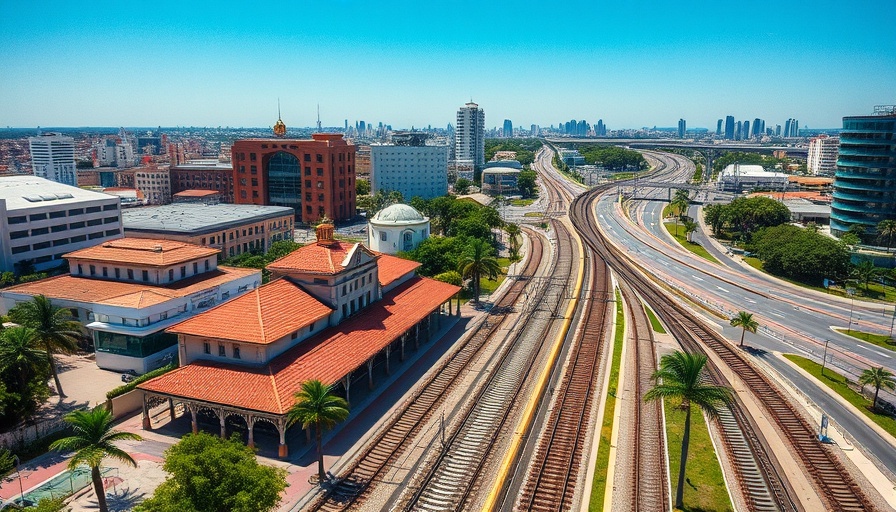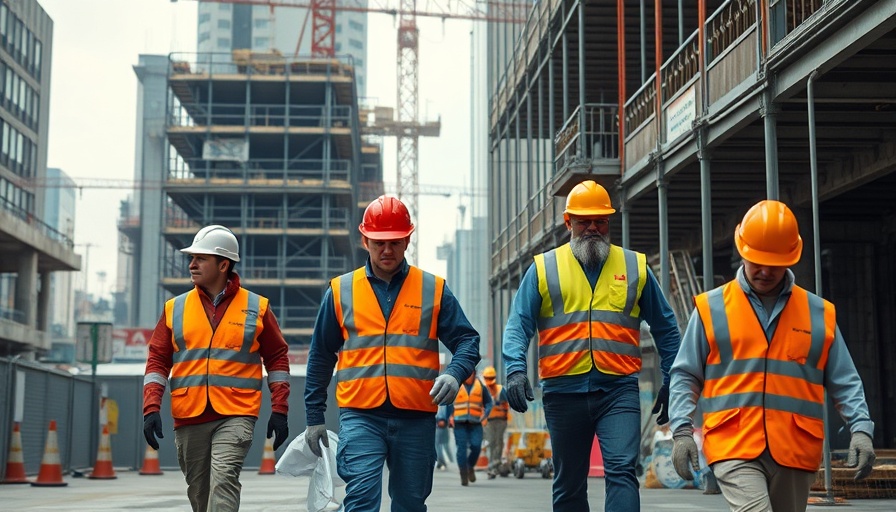
Starting Small: The Key to AI Integration in Construction
In the rapidly evolving landscape of construction, integrating artificial intelligence (AI) can feel overwhelming. However, Anita Nelson, Chief Strategy Officer at Skanska USA, offers a refreshing perspective: "walk before you run." By emphasizing the importance of starting small, Nelson illustrates a clear approach for businesses looking to leverage AI tools effectively.
What is the Safety Sidekick and Why It Matters
The Safety Sidekick, developed by Skanska, is one of the organization's groundbreaking initiatives in AI. Designed to assist employees by providing instant access to vital safety data and jobsite conditions, this tool highlights the shift towards more data-driven operations. By facilitating proactive safety measures, such as tailor-made toolbox talks and suggestions based on real-time information, the Safety Sidekick empowers workers to prioritize health and safety on the job. This proactive approach is especially crucial for property developers and business owners looking to mitigate risks.
Real-Time Data: The New Benchmark in Construction Safety
As Nelson notes, construction sites often struggle with timely data utilization. The Safety Sidekick addresses this challenge head-on by allowing workers to engage with safety data in real time. This not only enhances safety protocols but ensures that workers can converse with the AI tool to seek immediate solutions and insights. For decision-makers in the construction sector, this represents a monumental shift: the ability to harness real-time data to drive daily operations and enhance workforce safety.
AI Strategies for Every Business: The Cost-Benefit Analysis
Investing in AI technologies may seem daunting for many businesses, particularly for cost-conscious development projects. However, Nelson argues that the upfront investment in the Safety Sidekick and similar tools can yield significant returns through improved safety outcomes and enhanced efficiency. According to industry benchmarks, organizations that adopt AI can see an increase in productivity metrics and a reduction in accident-related costs. This is a compelling consideration for C-suite executives drafting strategic investment plans.
The Future of AI in Construction
As the construction industry earmarks investments in technology, Nelson's insights provide a roadmap for navigating this complex landscape. Companies must understand that implementing AI does not mean an immediate overhaul of their existing systems. Rather, it is about identifying the specific needs of daily operations and then integrating solutions like the Safety Sidekick iteratively. Moving forward, businesses can unlock collaborative potential, foster innovation, and enhance overall project delivery through thoughtful adoption of AI technologies.
Seeking Support: The Necessity of Building Capacity in AI
Embracing AI is not just about technology—it's also about fostering an organizational culture that encourages adaptation and learning. As AI tools become increasingly sophisticated, fostering an educational environment where employees are trained to utilize AI effectively could be a game-changer. Skanska, through initiatives like the Safety Sidekick, is setting an example in the industry for how technology can be used to build a safer, more efficient workplace.
In conclusion, AI’s transformative potential in the construction industry hinges on an incremental approach. Business leaders and property developers should explore how tools like the Safety Sidekick can align with their operational strategies. By taking small steps, they can pave the way for wider adoption and ultimately lead the industry into a smarter, safer future.
 Add Row
Add Row  Add
Add 




Write A Comment